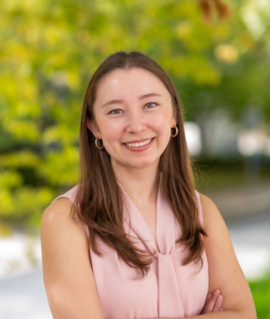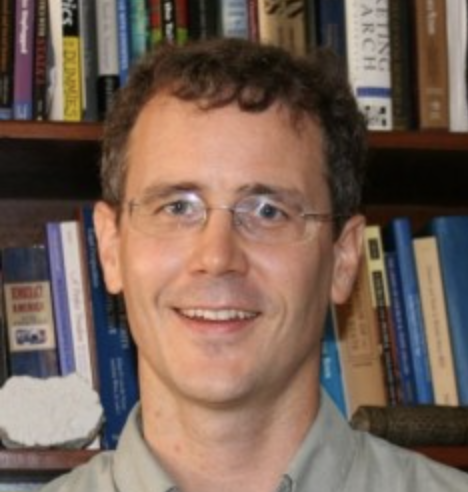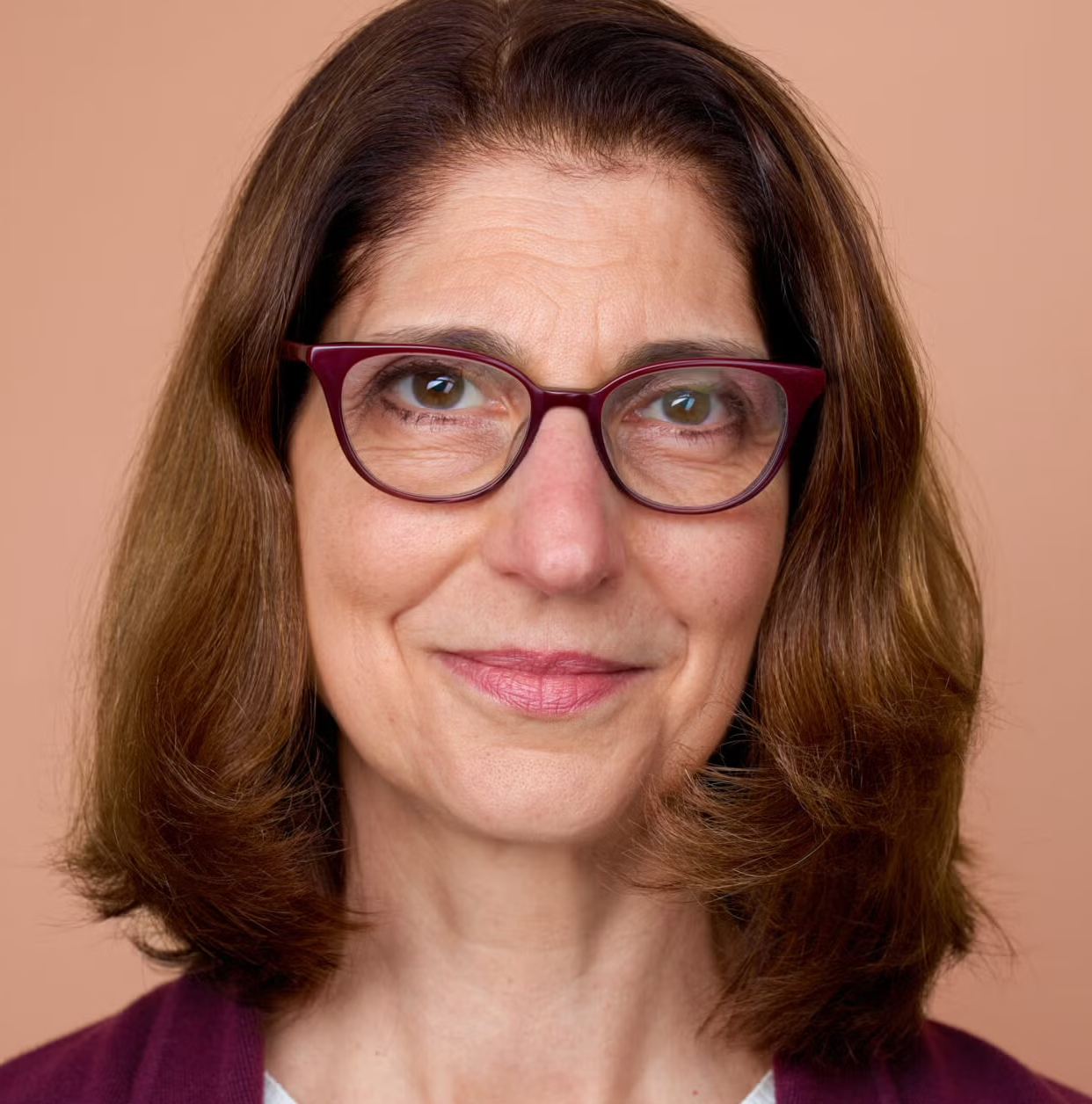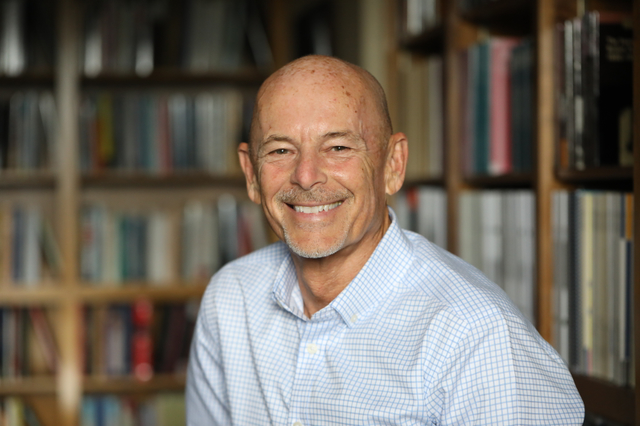Back
Character & Virtue
Charitable Giving/Helping
Charitable giving and helping rates varied across countries and demographic groups (e.g., more charitable giving and less helping with older age). Both positive (e.g., excellent self-rated health) and negative (e.g., experiencing abuse) childhood experiences were associated with an increased likelihood of charitable giving and helping in adulthood.
Researchers

Julia Nakamura
University of British Columbia, Psychology

Robert Woodberry
Baylor University, Sociology

Dorota Maria Weziak-Bialowolska
Kozminski University (Poland), Economics/Sociology
Poland

Laura D. Kubzansky
Harvard University, Professor/ Director of the Society and Health Laboratory at Harvard T.H. Chan School of Public…

Koichiro Shiba
Boston University, Epidemiology

Noah Padgett
Harvard University, Epidemiology

Byron R. Johnson
Baylor University, Institute for Studies of Religion/Sociology

Tyler VanderWeele
Harvard University, Epidemiology / Biostatistics
The Question:
What are the country-specific rates, sociodemographic correlates, and childhood predictors of charitable giving and helping strangers around the world?